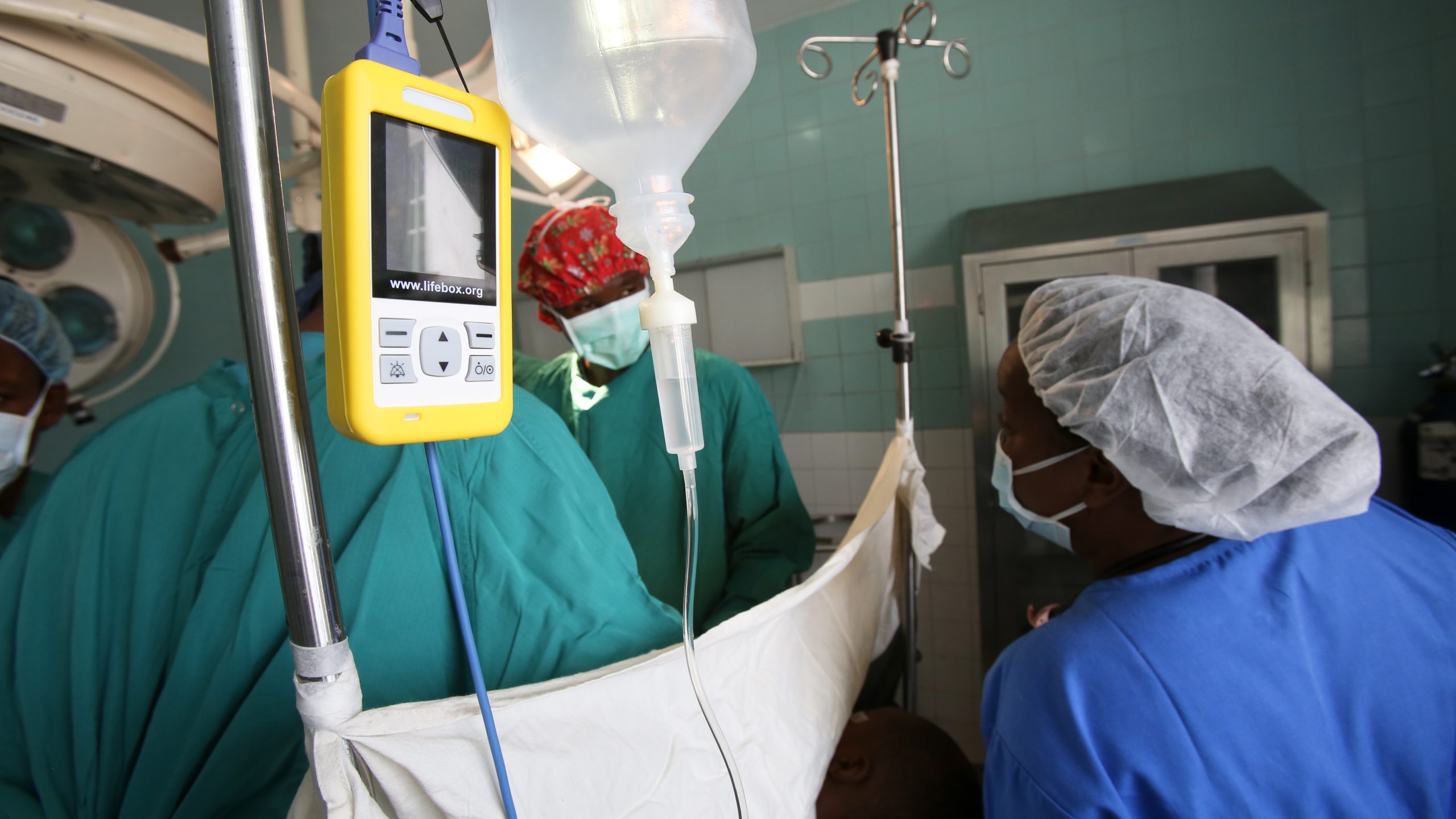September 21 2022 — Pulse oximeters are critical tools for patient safety as they quickly detect low blood oxygen levels (hypoxia) in patients undergoing anesthesia or suffering from respiratory illnesses. Recent studies have determined that pulse oximeter accuracy is reduced in patients with darker skin pigmentations.
Pulse oximeters measure blood oxygen levels by transmitting light through a patient’s finger. They assist clinicians in averting potentially serious complications or even death due to hypoxia. Pulse oximeters are mandated for use in anesthesia by professional medical societies and highly recommended (the highest possible level of support) by the World Health Organization (WHO) and are also essential for pneumonia and COVID-19 care.
The utility of pulse oximetry relies on the accuracy of saturation readings; if devices are inaccurate, clinical decision-making and care priority setting becomes challenging. In healthcare settings across the world, in particular when bed availability is inadequate or where oxygen resources are limited, oxygen saturation provides a primary means of enabling critical decisions regarding the use of supplemental oxygen or other respiratory support measures, and in the case of respiratory illness care – including for COVID-19 – home versus hospital treatment or early intensive care referral.
Several studies, published as early as 2005, indicate that oximetry readings are less accurate in patients with darker pigmentation.1,2,3,4 In some cases noting that clinically significant hypoxia may be missed. There has been international medical, political, and media interest in this issue, however, major gaps in our understanding remain. Some manufacturers say they have reported solving this issue but have not shared their knowledge and no independent studies have been conducted to test major pulse oximetry devices in controlled settings and quantify their performance in different skin pigmentations. Current regulatory standards related to accuracy in different skin tones are weak, and there is no organization committed to developing and providing open-source and accessible solutions to increase accessibility of pulse oximetry devices that are accurate in all skin pigmentations.
Lifebox – with over a decade of experience improving pulse oximeters and their availability for safe anesthesia – is launching a study on the performance of pulse oximeters across different skin tones, and to develop open access solutions for accuracy in pulse oximetry for all skin tones. This work will take place in the coming years and we will work transparently to keep everyone updated regarding this work. Our priority is to ensure that oximeters are accurate for all patients for the continuous monitoring required for safe anesthesia provision.
1 Bickler PE, Feiner JR, Severinghaus JW. Effects of skin pigmentation on pulse oximeter accuracy at low saturation. Anesthesiology. 2005 Apr;102(4):715-9. doi: 10.1097/00000542-200504000-00004. PMID: 15791098.
2 M.W. Sjoding, R.P. Dickson, T.J. Iwashyna, S.E. Gay, T.S. Valley Racial bias in pulse oximetry measurement N Engl J Med, 383 (25) (2020), pp. 2477-2478
3 Vesoulis Z, Tims A, Lodhi H, Lalos N, Whitehead H. Racial discrepancy in pulse oximeter accuracy in preterm infants. J Perinatol. 2021 Oct 12:1–7. doi: 10.1038/s41372-021-01230-3. Epub ahead of print. PMID: 34642469; PMCID: PMC8508473.
4 Wong AI, Charpignon M, Kim H, et al. Analysis of Discrepancies Between Pulse Oximetry and Arterial Oxygen Saturation Measurements by Race and Ethnicity and Association With Organ Dysfunction and Mortality. JAMA Netw Open. 2021;4(11):e2131674. doi:10.1001/jamanetworkopen.2021.31674




